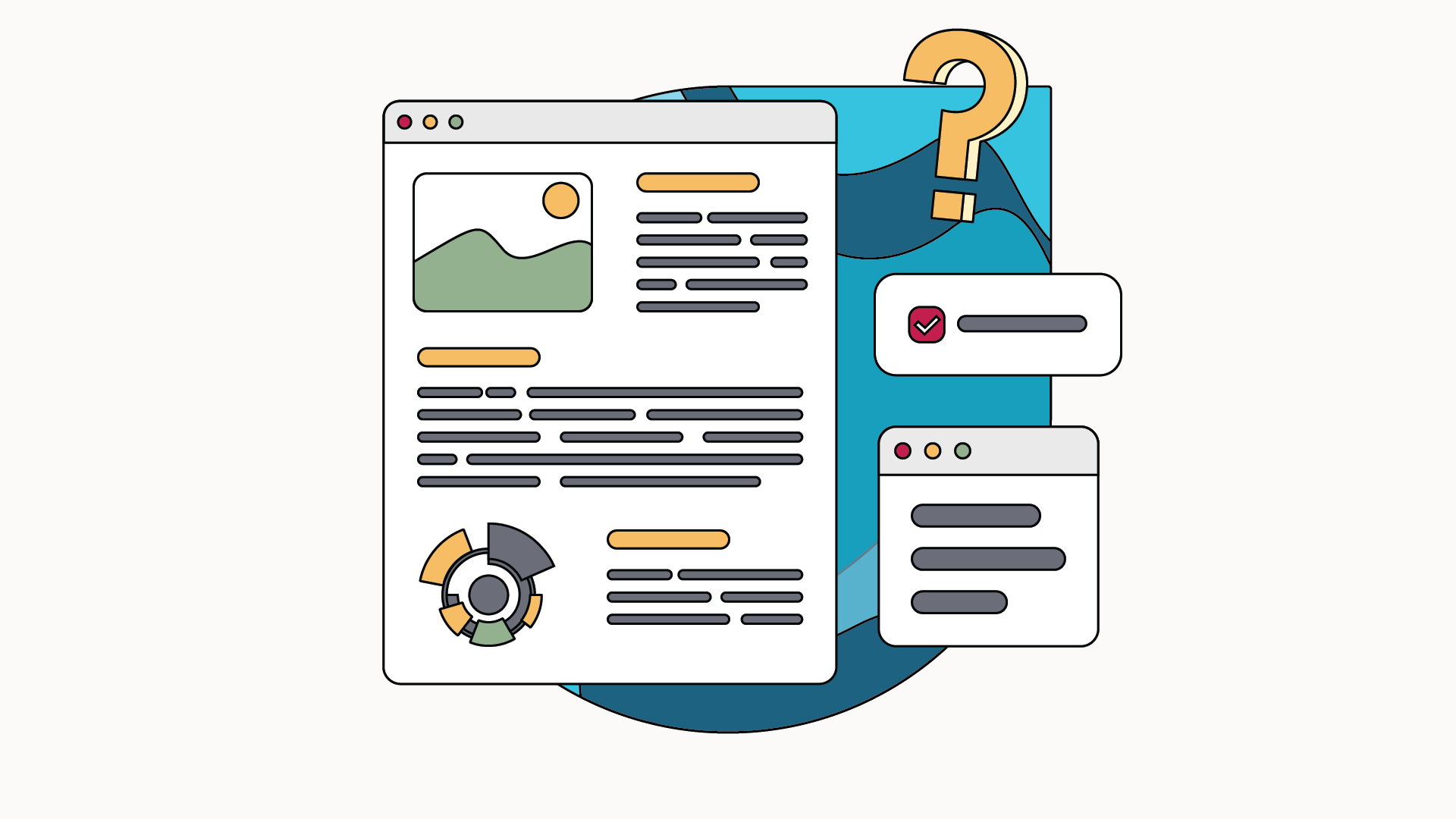Blended learning is a mixed system that combines distance learning and face-to-face training. It is very popular with businesses as well as universities, because it increases learners' skills and boosts their productivity. Where does its success come from? What are its principles and benefits? The point.
Principles of blended learning
The Blended Learning - or blended training - revolves around the alternation between face-to-face teaching and e-learning, or self-taught training through digital educational tools. Originally, this system is based on the principle of providing theoretical e-learning courses, which will then be developed in person. Learners thus have the opportunity to acquire the fundamental notions of a subject by themselves before deepening them in the presence of the speaker.
Thanks to blended learning, each learner evolves at their own pace and can return to difficult points during classical training. He is placed at the center of the training and is a little more involved in it. Blended training stimulates motivation and highlights interactivity. During the e-learning session, the learner is not under any pressure. He learns when and where he wants, according to his availability. The theory is put into practice during a face-to-face exchange session, with the trainer and the other learners. Note that it is up to the trainers to define the modules to be studied.
What are the benefits of blended learning for the learner?
From the learner's point of view, blended learning makes it possible to learn actively and to strengthen involvement. Indeed, the control of resources as well as the management of the learning pace are based on the will of the learner himself.
Flexible learning pace
No rhythm is predefined. The learner studies the modules at their own pace and can review them as much as they want.. Concretely, he is organized according to his availability and is in no way forced to study at a specific time. Online resources allow you to learn the basics and, during the face-to-face session, exchange and practice are prioritized. For this purpose, the learner can focus on a detail until he understands it. He exchanges his ideas during this practice. According to the 70-20-10 method, 70% of our knowledge would be acquired via informal learning, so practice is very important!
Personalized training
E-learning sessions adapt to the level of each learner to optimize learning. The training set up is personalized to align with the level of the learner. The difficulty increases progressively for a better understanding of the subject, until the objective is reached. Thanks to LMS reporting tools, the trainer follows the evolution of each learner in real time to adapt the face-to-face session to their level.
Accessible resources
Thanks to technological advances, the learner has the possibility of accessing all of his training resources from the same place. A good internet connection and a terminal (a smartphone, a tablet, a computer) are sufficient to follow the courses continuously at any time. There's no need for a printer or a specific record, as all files are stored online. Moreover, some LMSs offer continuous access to training without an internet connection being required. Combining blended learning with an LMS can be a winning combination for your training. !
Introduction to new technologies
By adopting this method, the learner can study and exchange online with cutting-edge tools. He has the opportunity to become familiar with social networks, planning tools, collaborative writing devices, forums, etc. A few clicks are enough to access the online training tools. Travel and other logistical constraints are abolished thanks to new technology.
What are the benefits of blended learning for businesses?
Blended learning is a pedagogical method that is more engaging for learners, more effective in helping employees acquire new skills that will be useful for the development of the company.
Better time management
Time is money, for businesses as well as for everyone else! Thanks to blended learning, the planning of training schedules is optimized. Face-to-face sessions are being reduced as learners continue to develop their skills. The working time thus remains the same. In addition, thanks to the possibilities of automatic evaluation of learners, the company saves time and reduces grouping.
Reduced training cost
Blended learning reduces training costs because the instructor's time is limited. Thanks to the automation of tests, games or defenses, the costs are reduced. You can also schedule a videoconference at the time of the exam. To save even more, do not hesitate to use the Social learning Or at Peer learning. Learners teach each other the skills that each has, which, in addition to being economical, facilitates attention and engagement.
Optimization of the logistics side
A blended learning session allows 70% of courses to be carried out remotely. As a result, groupings and meetings are minimized. Logistics management is optimized as a result. It is easy to organize yourself to better alternate online and face-to-face sessions, while having rooms available.
Ease of practice
The use of technology is increasing in terms of blended learning. It is accessible and enhances the learner's skills. Thanks to the digitalization of training courses, learners study with the possibility of direct exchange with the trainer. The modules contain how-to videos, learning tutorials, educational simulators, and other online tools to ensure the success of the training. In addition, mishandling does not have a serious impact on training. It is therefore becoming easier to acquire new skills.
Blended learning is a hybrid training that adapts to all audiences, at all levels and to all sectors of activity. It makes it possible to personalize training according to the needs of the company and its learners. Through this system, the learner becomes an active and autonomous element of the training. He acquires the basic concepts by himself online, and reinforces his knowledge during the face-to-face session.




